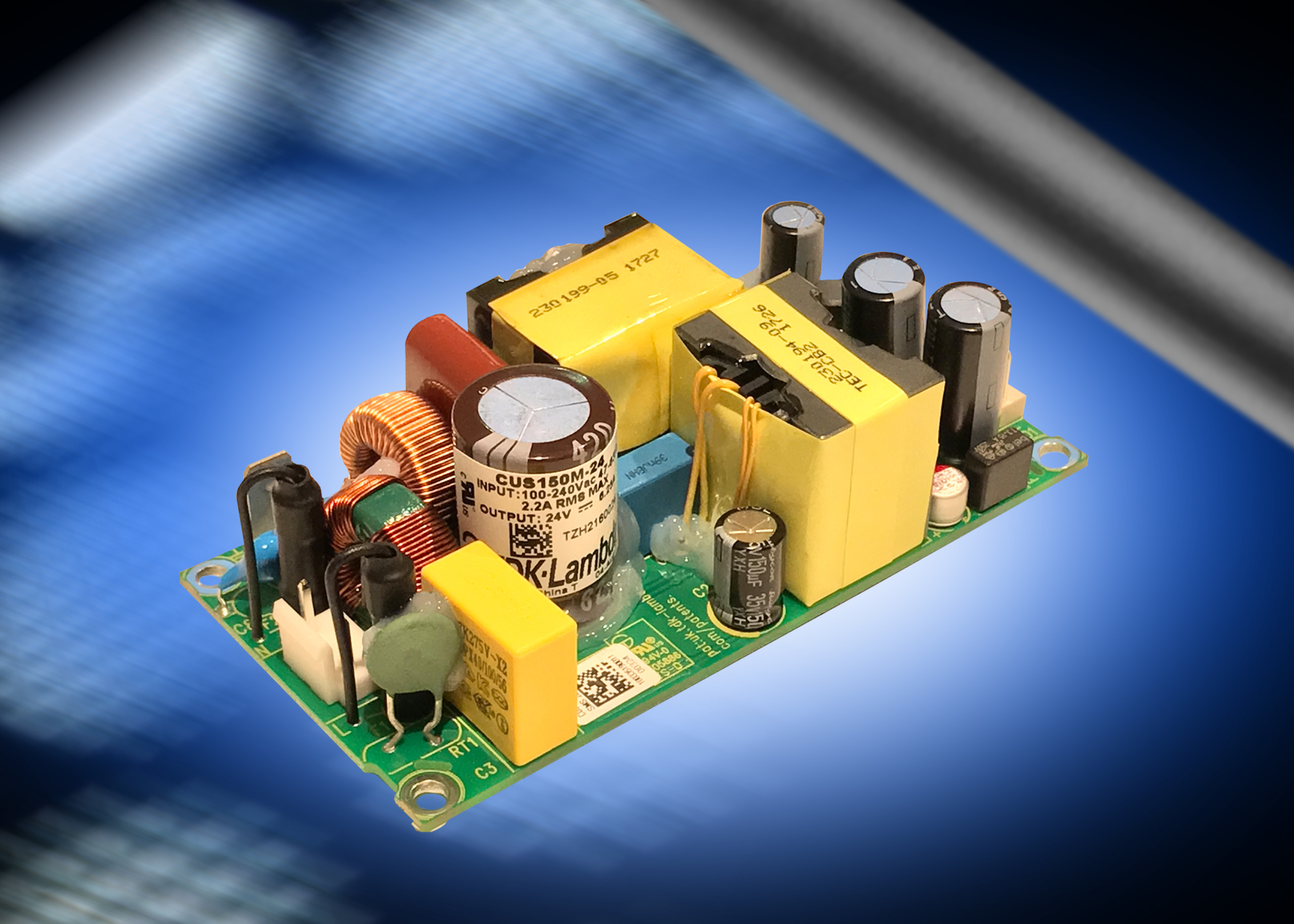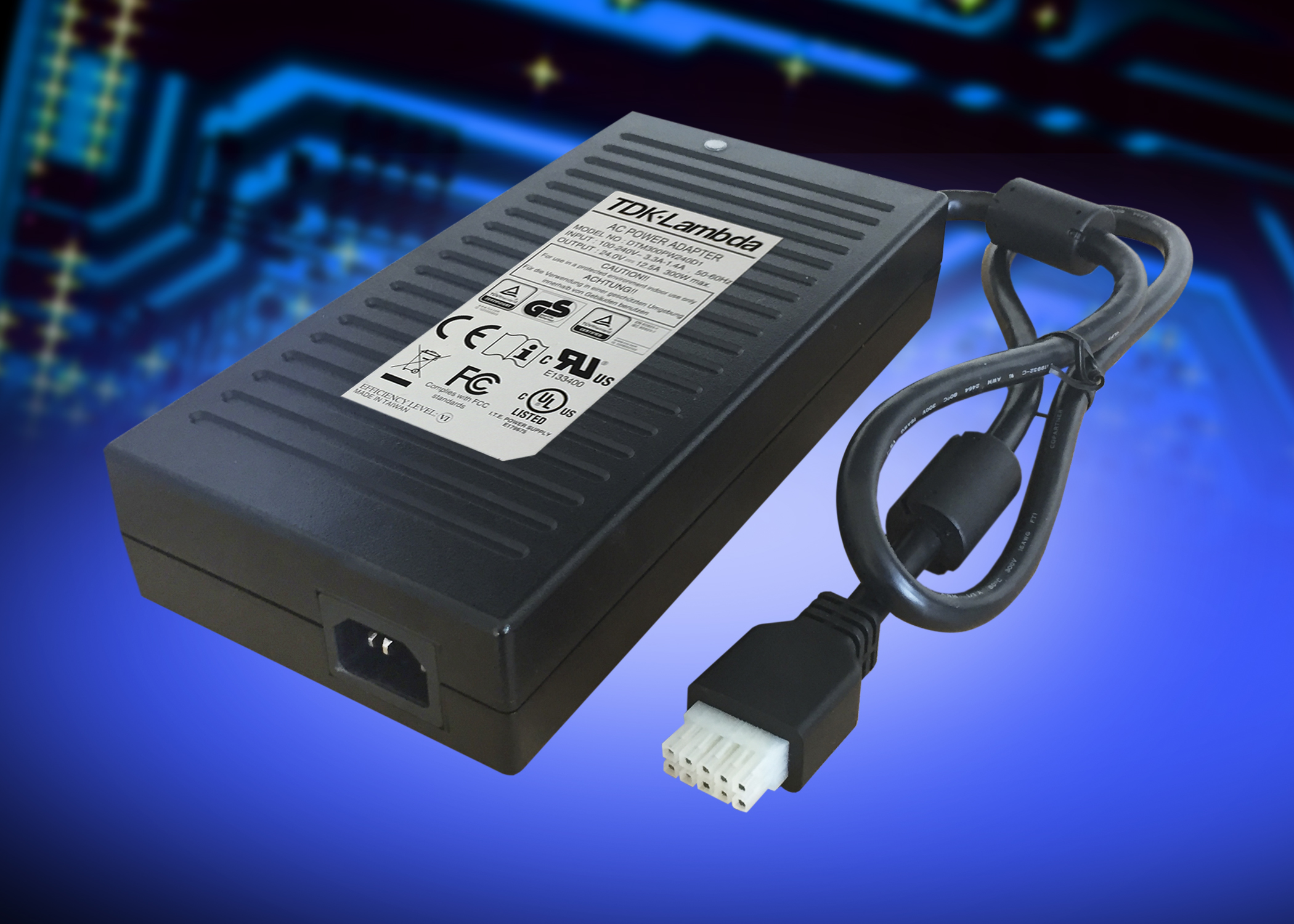Reviewing power supply IEC 62368-1 safety reports
The choice of power supply is an important decision to make during the development of new electrical or electronic equipment. Many engineers rely solely on the manufacturer’s datasheet and price, which can lead to incorrect installation, delays during the safety submittal process and poor field reliability
A product’s safety certification reports contain vital information and should be considered essential reading to assess a product’s suitability for the application before requesting or purchasing a sample.
For the purposes of this article, we will consider a power supply that is certified to the new IEC 62368-1 standard for audio/video, information and communication technology equipment. Readers should note that IEC 60950-1 and IEC 60065 have merged into a unified IEC 62368-1 standard. There are some differences in terminology as the new standard introduces “Hazard Based Safety Engineering”.
There are three key pieces of safety documentation. The IEC 62368-1 certification body (CB) test certificate, the IEC 62368-1 CB test report and a UL 62368-1 test report. Manufacturers will very often restrict the circulation of full reports, because of the nature of a product’s confidential information. This can be overcome with the signing of a non-disclosure agreement. Fortunately the safety bodies realise this and permit the report owners to reproduce a selected number of pages from their report. Often these abbreviated reports can be found on the manufacturer’s website.
The information in the two-page CB test certificate is fairly limited. Its primary function is to inform other national certification bodies (NCBs) that a sample of the product complies with the requirements of the stated standard. The name of the applicant, address and manufacturing location is listed, along with the models covered and their ratings. The standard used for evaluation with the appropriate revision levels is very important information. This shows that the power supply status is current and is suitable for designing in to a new system or product. It should be noted that as many power supplies now use the CE mark (Low Voltage Directive) to show compliance to EN 62368-1, the CB test certificate and the CB report may state “Additionally evaluated to EN 62368-1”.
Installation guide
The IEC 62368-1 CB or UL 62368-1 report, even if it is an abridged version of the complete report often containing 200 or 300 pages, is more useful. The section “Test item Particulars” and “Engineering Conditions of Acceptability” are the important notes for product installation. Here one will find the following information:
Classification of use. An external adapter power supply would allow an “ordinary person” and “children likely to be present” when the product is in use, whereas an open frame power supply would require operation by a “skilled person”.
Over voltage category (OVC). There are four categories in this section.
OVC IV is the highest level where the product can be connected where the AC first enters the facility, for example, in utility transformers, electricity meters, fusing and distribution panels. High transient voltages are very likely.
OVC III is for fixed installations which have permanent connection to the distribution panel (hard wired). Wiring impedance, fuses and circuit breakers somewhat reduce the level of voltage transients.
OVC II covers energy-consuming equipment supplied from the fixed installation. These are items which are normally plugged in to a regular wall outlet or other plug in fixture requiring 115 or 230V AC. The impedance of wiring circuits further reduces transient voltages to a lower level.
OVC I is suitable for circuits requiring low voltage, which limit over-voltage conditions to the appropriate level, i.e. protected electronic circuits.

Figure 1: The Class II CUS150M power supply is suitable for healthcare applications
Protection levels
Class of equipment. Most power supplies are suitable for Class I constructions. They require an earth ground connection. To support the medical home healthcare requirement, many lower wattage power supplies are suitable for Class II constructions, requiring no earth connection. An example of this would be TDK-Lambda’s CUS150M power supply. (See Figure 1)
Using a product with the right rating is critical for both reliability and safety. A pollution degree (PD) rating indicates suitable operating environments. A PD rating of 2, for example, is common for office, lab and test equipment where only occasional condensation may occur and at the other extreme, a PD rating of 4 indicates the power supply is suitable for outdoor applications, and can be subject to rain, or even snow.
The ingress protection (IP) class refers to the power supply’s protection against solid objects or dust, and water or other liquids. An open frame product would be listed as IPX0 (the lowest rating), whereas a home healthcare adapter power supply (Figure 2) would be IP22 (objects larger than 12.5mm objects and water dripping at an angle).
Energy sources. The 60950-1 standard referred to SELV (separated or safety extra low voltage), but the 62368-1 standard is concerned with identifying and classing energy sources (ES) with the ability to cause injury or harm, and any qualifying safeguards that need to be put in place. It will mention if outputs are at ES1 and can be touched by an ordinary person, or ES2 which will require basic safeguarding. The latter might be a 48V output which should have some restriction to avoid accidental touching by an operator or service person.
The maximum investigated branch circuit rating is also stated because during power supply abnormal testing, the mains input will be protected by a circuit breaker. During safety testing that breaker is not allowed to trip.

Figure 2: TDK-Lambda’s DTM300 adapter power supply
Exterior requirements
A description of the end product enclosure requirements might include mechanical, electrical, and fire. A bench mounted variable power supply would not need enclosures, but an open frame product obviously would.
There is also the issue of field wiring of the power supply terminals. For an embedded power supply, field wiring of the power supply terminals is not required and any cabling attached to the product has to be done at the factory by trained personnel. A DIN rail power supply, on the other hand, is designed for field wiring as the task is simpler.
There should also be details on fans, and about whether the product requires skilled operator access to fans inside the power supply.
The requirement for earth bonding is listed. If the report states this is required, then the power supply earth connection to the end product earth has to be correctly bonded.
Operating temperatures
The maximum temperatures of magnetic components are a safety concern, so the report will include guidance on the temperature Class of components and the type of insulation system used. Class A, for example is 105°C; measured temperatures when installed in the end product cannot exceed that temperature. Open frame power supplies will always list the maximum temperature of safety critical comments.
Other comments may be made by the inspector. These may cover what orientation of the product was used for testing, or if the output voltage adjustment range of the power supply was considered.
Most reputable power supply manufacturers publish product safety documentation on their website and, increasingly, so do many on-line distributors. International safety standards are amended and revised from time to time so customers should check that the product has up to date certification.
TDK Europe will be participating in PCIM Europe Digital Days (3-7 May 2021)
About the author:
Tracy Burgess is safety engineering manager, TDK-Lambda UK










